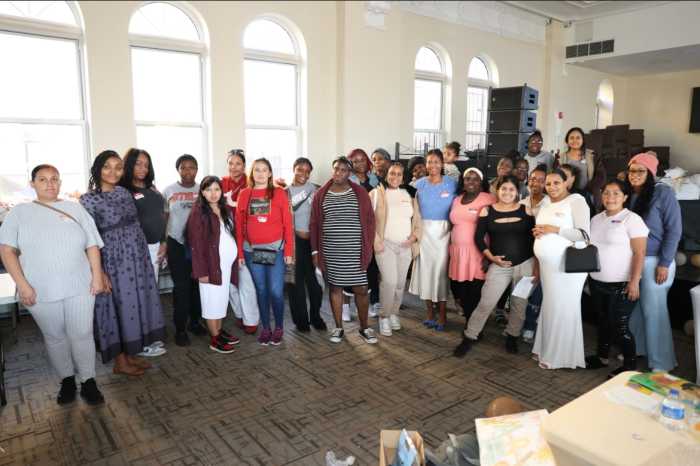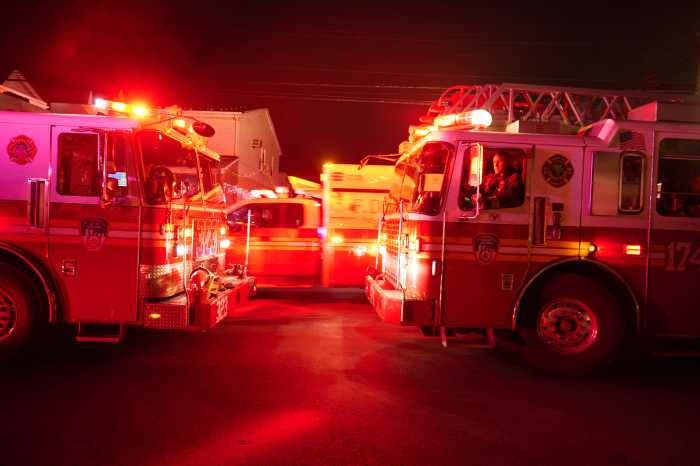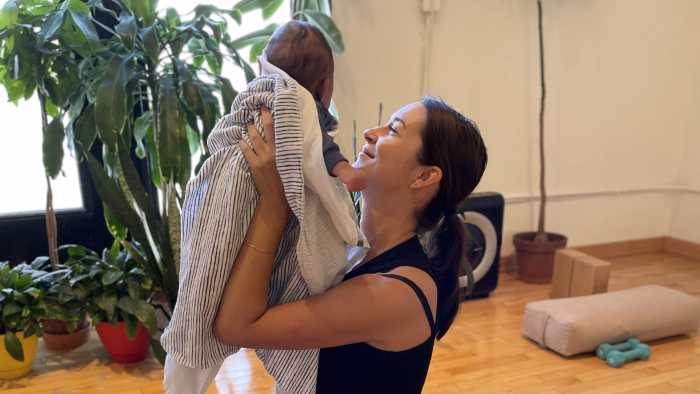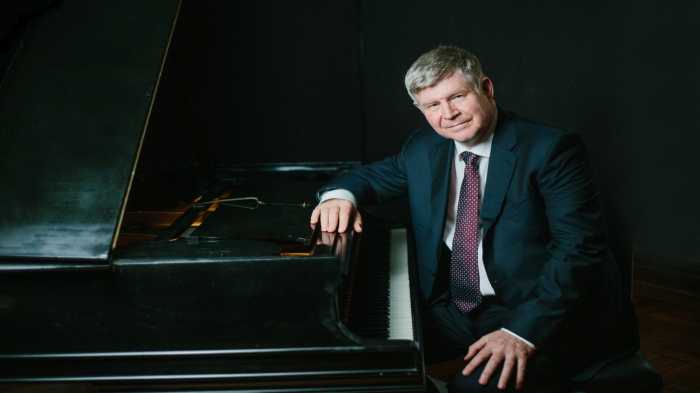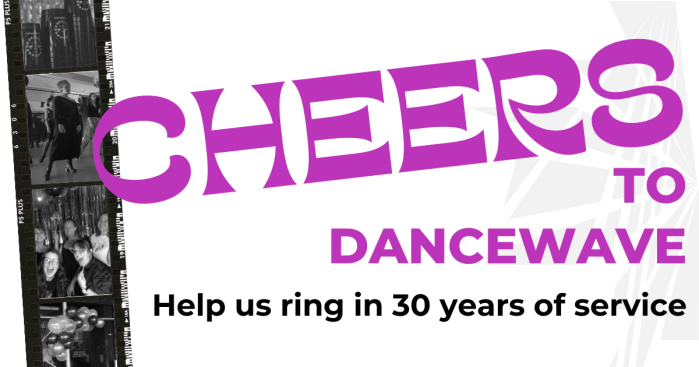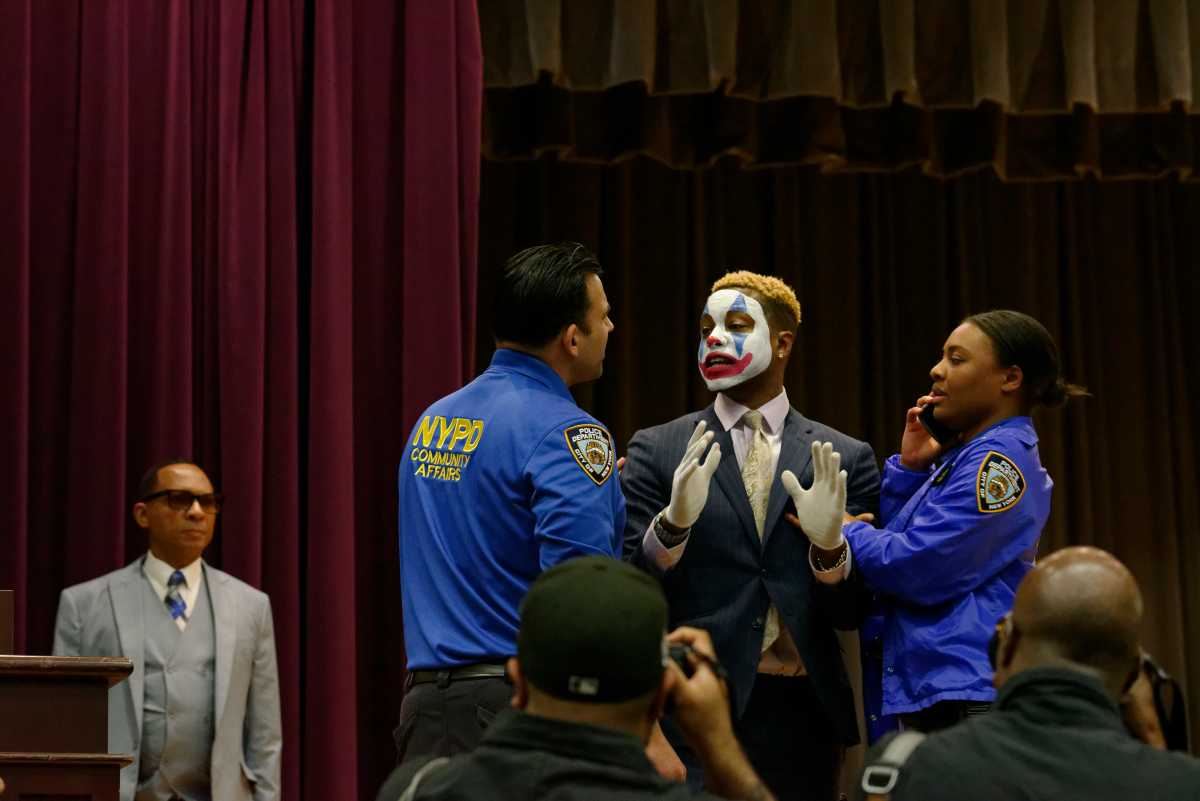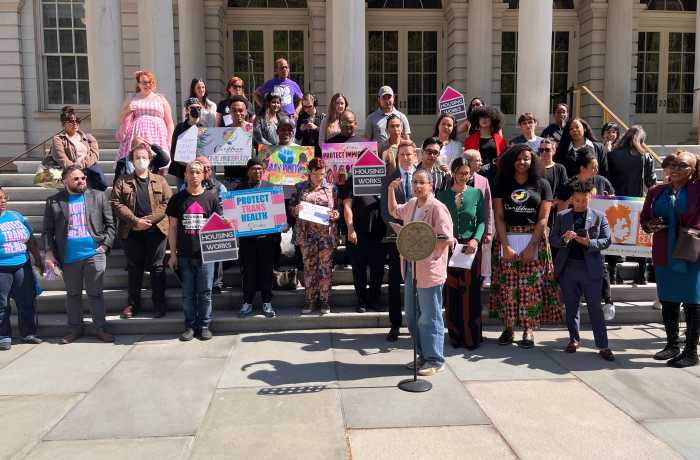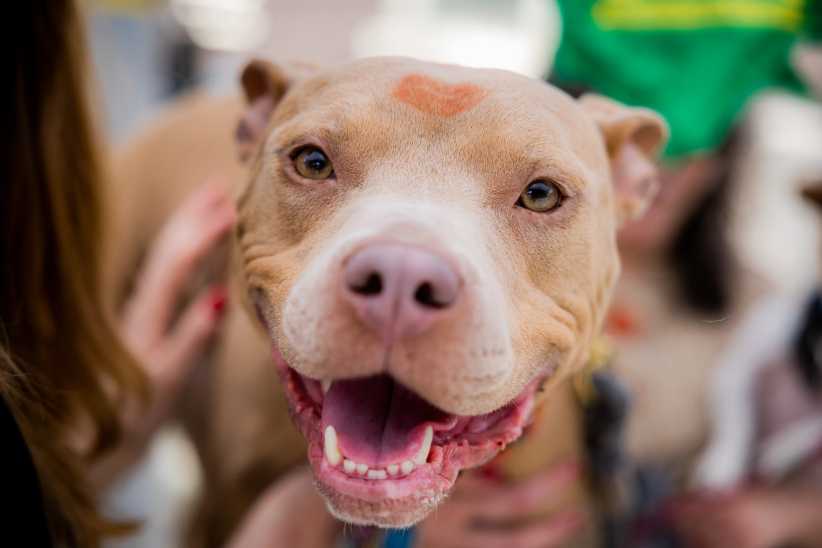Despite dire warnings from international cancer experts, Gina Taliercio spent last Friday happily praying to a sun god called Hollywood Tans.
Just days after the International Agency for Research on Cancer moved tanning beds into its highest cancer risk category — in line with inhaling mustard gas, smoking cigarettes and sweeping chimneys — Taliercio was leaving the Dyker Heights salon, feeling good.
“I believe it’s a myth,” Taliercio said of the report.The 40-year-old Bensonhurst resident said she’s been tanning since she was 16.
The research agency, an arm of the World Health Organization, found that the risk of skin cancer increases 75 percent when people start using tanning beds before they are 30 years old. The report, which analyzed roughly 20 studies, found that all types of ultraviolet radiation caused mutations in mice, a sign that it is carcinogenic.
While tanning beds and other sources of ultraviolet radiation were once considered probable sources of cancer, the agency now considers them a definite cause.
According to the American Cancer Society, 68,720 people will contract melanoma this year, and nearly 9,000 will die from it.
“The use of tanning beds can be deleterious to your health and we hope to encourage governments to formulate restrictions and regulations for the use of tanning beds,” said Beatrice Secretan, one of the scientists involved with the new classification, according to a report.
The research was published online in the medical journal Lancet Oncology.
Frank Monte, a Hollywood Tans owner, said the report is nothing new. “I feel that the media is unnecessarily putting fear in people,” he said. “We’re providing an atmosphere that is controlled and safe,” adding that everything has to be “done in moderation.”
Monte also said that in his seven years as owner, servicing more than 10,000 customers, he hasn’t had a complaint.
“I never had one person come in and say ‘I have melanoma,’” he said, adding that he tans once a week.
Dyker Heights resident Joan Fregara admitted to being fearful, but still tans in moderation.
“It’s scary, but I don’t do it all the time,” she reasoned. “I know it’s not good for you.”
The Indoor Tanning Association, a group that represents thousands of indoor tanning manufacturers and others involved with the $5 billion a year industry, said in a statement that overexposure to tanning beds, just like overexposure to sunlight, is associated with an increased risk for some types of cancer.
“Scientific studies suggest that drinking red wine or other alcoholic beverages carries a greater risk than tanning,” the group states. “It is completely irresponsible to compare indoor tanning with mustard gas or arsenic, as so many media reports have done.”
Alexa Robles, who works at the Tanning Annex in Carroll Gardens, said she doesn’t think the study will have an impact on the number of customers. “There are so many things that are bad for you,” she said. “This is the first time I’ve really heard it being blown up so much.”
Some of her customers feel the same.
“When I heard that on the news, I thought, ‘I don’t think that’s a mystery,’” said Carroll Gardens resident Evy Lutzky.
“While the study was definitely important, I think there’s always going to be a culture that likes to tan,” added Joelle Fontana, a California-native who now lives in Carroll Gardens.She tans once every other week. “It feels good. It’s a little pick-me-up.”
But, she conceded, “I know that people do take it to an extreme.”
Meanwhile, Monte said tanning salons will always carry a self-indulgent allure.
“People come here and it’s an escape for them,” he said. “They come here and escape for 15 minutes and get pampered.”




